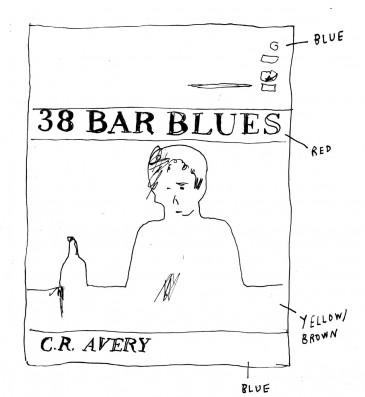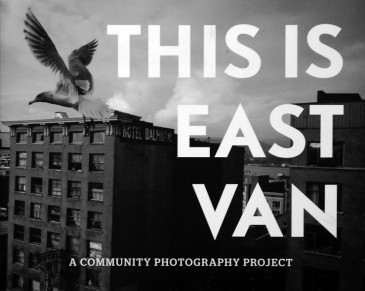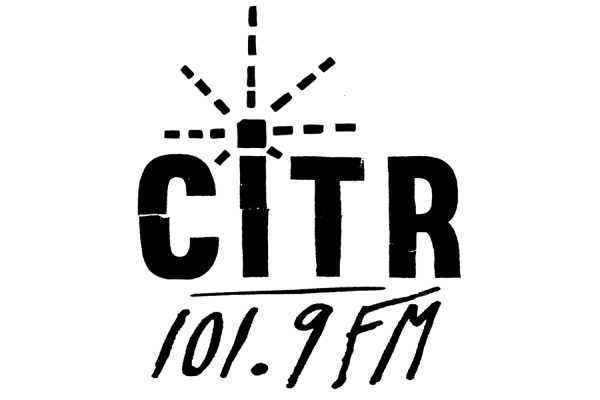It’s the same familiar story, only this time the venue at stake is 152-156 West Hastings Street, the multi-purpose art center known as the Red Gate.
If you’ve never noticed it, it’s probably because it’s not the regular type of underground cultural space that the City of Vancouver typically shuts down for the fun that goes on behind closed doors. The Red Gate is a legitimate space for artists, musicians, photographers and filmmakers to create and display art. What’s more, for the past seven years, the 15,000 square foot space has been a 100 per cent self-funded and self-organized cultural facility dedicated to fostering the boundary-pushing creativity for which the DTES is historically known.
In spite of all this, without warning, on May 24, 2011, the City of Vancouver’s Building Inspector Branch issued the Red Gate a 30-day Order to Vacate notice, citing “serious life and safety concerns.” The city, however, took no initiative to inform the Red Gate of their apparent concerns, nor did they provide them any time or instruction on how to bring the building into compliance between a January 17 surprise inspection and the notice to vacate.
There’s no disputing that the old building needs work, but if the city’s going to talk about harm reduction, they need to team up with artists wanting to work within the law. As Red Gate organizer Jim Carrico told Discorder, “people who want to do stuff need a place to do it and if they can’t do it legally, they’ll do it illegally. The solution isn’t to shut everything down, its finding a way to bring it above ground.” All the Red Gate is asking is the time necessary to comply with code requirements in order to deem the place safe for artists to work. [ed. note: As of June 20, the City of Vancouver has offered the Red Gate a 60-day reprieve. If the building’s owner, Moshe Mastai, writes a letter before the date of the original evacuation notice (June 23), and repairs and renovations are carried out within 60 days, the Red Gate will have a chance at remaining open.]
The Red Gate ordeal came as a shock, though not a surprise, to Rickshaw Theatre owner and operator David Duprey. Facing venue woes of his own, Duprey is currently in the long process of getting a permanent liquor license to replace the special events license he’s resorted to using at the Rickshaw. “The kind made for weddings,” he explains of his situation to Discorder, “not for a business to operate to make a profit, which is what I do, and what most live music venues do.” To voice your support for the Rickshaw, visit www.rickshawtheatre.com. From his experience, Duprey assured me that city officials generally agree that rules like the ones haunting the Red Gate are failing us, “but they shrug their shoulders because these are the rules.”
Dani Vachon, Director of Marketing and Entertainment at the Electric Owl, shared a thing or two about the rules involved in refurbishing an old space. Over one million dollars went into turning the old American Hotel into the hybrid restaurant, bar and live music venue, which opened in May. And still, more money is being spent on expensive noise reduction renovations in the hope that residential neighbours will support the business’ plans to extend its hours for serving liquor beyond a mere 12:30 a.m.
But for the Red Gate, it’s not just about liquor sales and it’s no longer simply about having fun. The stakes are high for those like Carrico who have dedicated decades to fostering the livelihoods of artists in the community. For those who utilize the space, the stakes are higher still. When a cultural facility as well-used as the Red Gate vanishes, artists are displaced and forced to move to a city where culture is perceived to be of greater value.
If it’s true that the closing of the Red Gate is merely a microcosm for what’s happening to the DTES, a neighbourhood once rife with cultural space, then something needs to be done to preserve it. But the fact remains that it’s going to take considerable reconsideration of provincial and city by-laws to affect any major change. That’s where the public comes in.
In each of their calls for public support, Carrico, Duprey and Vachon have expressed faith in the possibility of numbers. Nothing will change if only the non-supporters voice their concerns to the City of Vancouver. So take the time to visit the Red Gate in person or online at redgate.at.org to sign a copy of the petition and help save the Red Gate.





